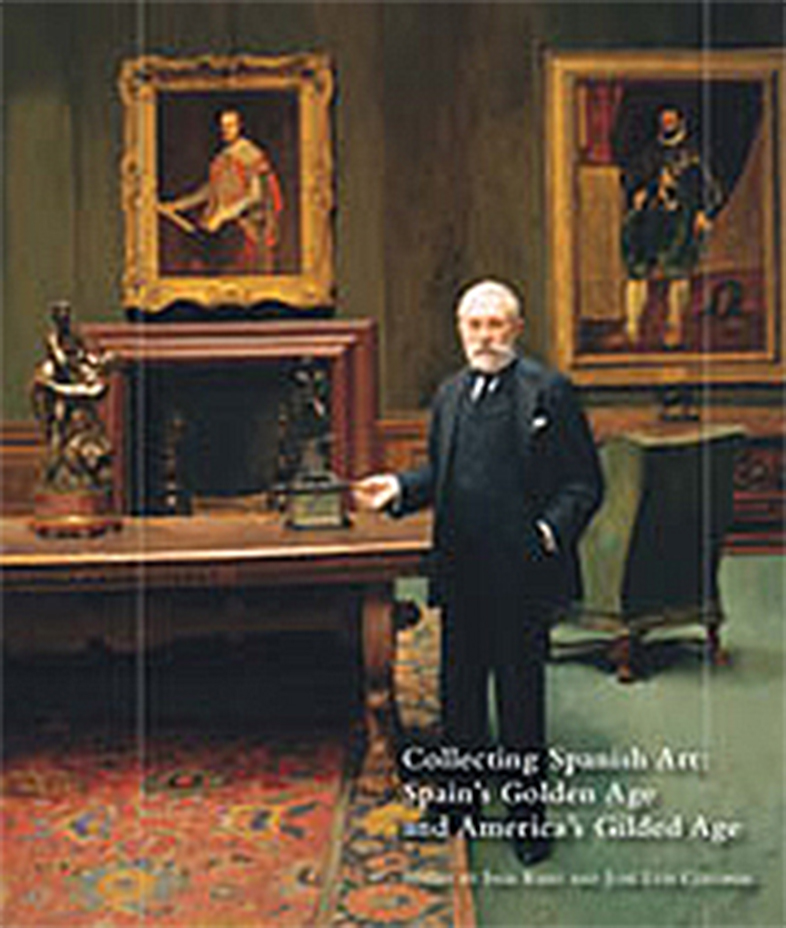Author
Inge Reist and José Luis Colomer (eds.)
Characteristics
400 pages; 172 color illustrations; hardcover with jacket; 24.5 x 29.5 cm
Publication
English; published by The Frick Collection in association with the CEEH and the CSA; 2012
ISBN
978-0-912114-58-3
Price
€57,70
This book explores why and how some of America’s greatest art collectors, including Isabella Stewart Gardner, Henry Clay Frick, Charles Deering, Archer Huntington, William Randolph Hearst, and Algur Meadows turned to the art of Spain to expand and enrich their collections. The authors examine in lively detail the formation of the taste for Spanish art that grew from travel and visits to world fairs as well as the roles played by contemporary artists, dealers and advisors who were so influential in importing Spanish works of art to the United States to fuel the growth of so many private and later public American collections.
Inge Reist holds a doctorate from the University of Columbia, where she taught for several years, and is director of the Center for the History of Collecting of the Frick Art Reference Library. She has also directed the photographic archives of the Frick Collection and has been president of the Association of Research Institutes in Art History. She is an expert in the history of collecting, on which she has published papers and given lectures at many museums and conferences. She has coedited Provenance: An Alternative Art History (2012) with Gail Feigenbaum, though she remains interested in other fields, as evidenced by “All the World’s a Stage: The Theater Conceit in Early Modern Italy” for the Blackwell Companion to Renaissance and Baroque Art (2012).
José Luis Colomer holds a PhD in Comparative Literature from the University of Bologna and a degree in Art History from the Sorbonne. He currently directs the Centro de Estudios Europa Hispánica and the Center for Spain in America. His research addresses cultural relations between Spain and Italy in the seventeenth century through diplomatic agents and the exchange of gifts of artworks between the European courts and Spanish kings and queens, as well as Velázquez’s second journey to Rome and his connections with prominent Italians at the court of Madrid.

